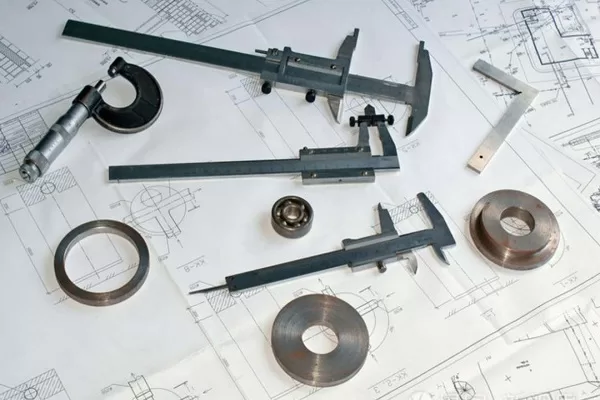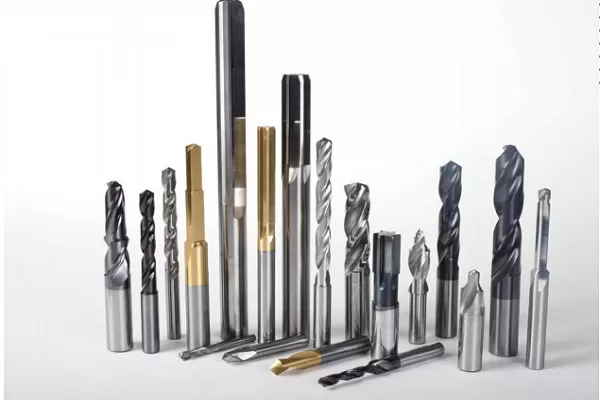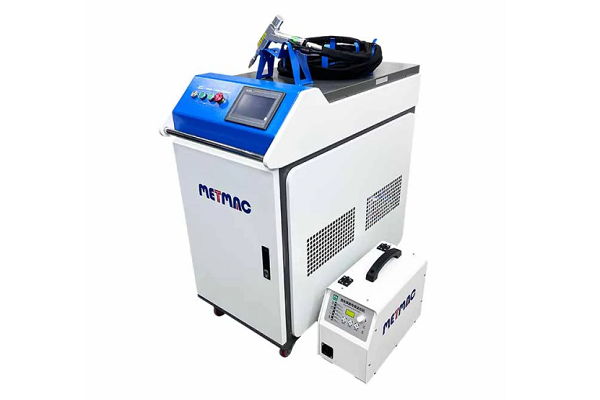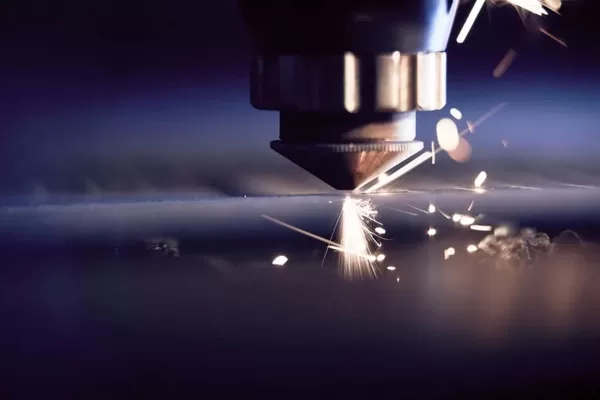
Sheet Metal Press Brakes- A Comprehensive Guide
- By:Metmac
- 2024-06-25
- 132
Sheet Metal Press Brakes: A Comprehensive Guide is an indispensable resource for manufacturers, engineers, and fabricators involved in sheet metal forming. This guide delves into the fundamentals and advanced aspects of sheet metal press brakes, empowering readers with a thorough understanding of these essential machines.
Types of Sheet Metal Press Brakes
Press brakes come in various types, each suited for specific applications:
Mechanical Press Brakes: Powered by a flywheel and clutch, offering high tonnage and speed.
Hydraulic Press Brakes: Utilize hydraulic cylinders to provide precise control and bending force distribution.
Pneumatic Press Brakes: Ideal for smaller parts and applications where a limited force is required.
Hybrid Press Brakes: Combine the advantages of mechanical and hydraulic systems, providing a flexible and cost-effective solution.
Components of a Sheet Metal Press Brake
Key components of a press brake include:
Frame: The robust structure that supports the machine and withstands bending forces.
Ram: The movable part that applies force to the workpiece.
Die: The stationary part that supports the workpiece and forms the desired shape.
Backgauge: Positions the workpiece accurately for bending.
Tooling: Custom-designed components that interact with the workpiece and form bends.
Bending Process and Parameters
The bending process involves applying a force to the workpiece, causing it to deform into the desired shape. Critical bending parameters include:
Bending Angle: The angle at which the material is bent.
Bending Radius: The radius of the inner curve of the bend.
Bend Allowance: The amount of material that is stretched or compressed during bending.
Springback: The tendency of the material to return to its original shape after bending.
Safety Considerations
Operating sheet metal press brakes requires strict adherence to safety protocols:
Proper Training: Operators must undergo thorough training on machine operation and safety procedures.
Guarding and Interlocks: Guards and interlocks prevent access to hazardous areas and initiate automatic stopping mechanisms.
Die Handling: Proper techniques for handling and storing dies are essential for safety and machine longevity.
Emergency Stop Devices: Easily accessible emergency stop devices must be deployed at all times.
Summary
Sheet Metal Press Brakes: A Comprehensive Guide is an invaluable resource that provides a comprehensive overview of sheet metal press brakes. From types and components to bending processes and safety considerations, this guide equips readers with the knowledge and skills necessary to optimize their manufacturing operations. By understanding the principles and practices covered in this guide, manufacturers can unlock the full potential of these machines and achieve exceptional results in sheet metal forming.
-
The Advantages of Using a Sheet Roll Forming Machine in Manufacturing
2024/09/14 -
How to Optimize Your Laser Sheet Cutting Machine for Maximum Performance
2024/09/12 -
How to Maximize Efficiency with Modern Sheet Metal Working Machines
2024/09/04 -
The Environmental Benefits of Using Duct Board Grooving Machines
2024/09/03
-
A Guide to the Latest Innovations in Sheet Metal Folding Machines
2024/11/29 -
Key Features to Consider When Investing in a Sheet Metal Folding Machine
2024/11/28 -
Enhancing Precision with Advanced Sheet Metal Folding Machines
2024/11/27 -
How to Choose the Right Sheet Metal Folding Machine for Your Workshop
2024/11/26



